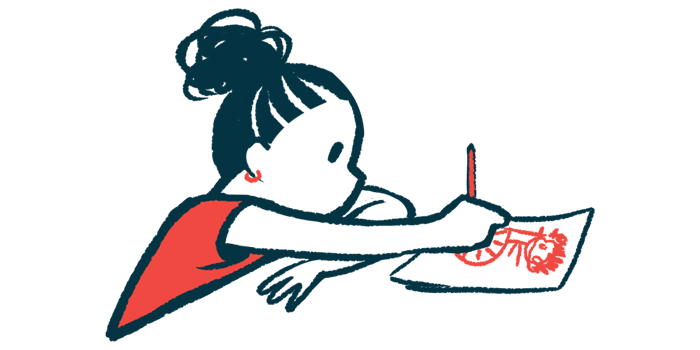Infection Likely Trigger of aHUS in Children, Case Report Finds

Children who develop atypical hemolytic uremic syndrome (aHUS) due to autoantibodies may have an upper airway or digestive tract infection as an initial symptom, according to a report detailing eight such pediatric aHUS cases in China.
Likely treatment could involve the use of plasma exchange, corticosteroids, and immunosuppressive agents, its scientists reported. Soliris (eculizumab), an approved antibody-based aHUS treatment, was not available in China for the years covered in this report.
“Clinical features of children with anti-CFH autoantibody-associated hemolytic uremic syndrome: a report of 8 cases” was published in the journal Renal Failure.
aHUS is due to abnormalities with the complement system that cause blood clots to form throughout the body’s network of small blood vessels, damaging internal organs, particularly the kidneys.
It can be caused by autoantibodies that mistakenly attack complement regulator proteins. Under healthy conditions, these proteins work together to fight potential threats like viruses and bacteria, and mount an inflammatory response.
Signs of infection as aHUS cause
One such protein is complement factor H (CFH) that, with other proteins, protects healthy tissues by preventing the complement system from being switched on when it is not needed. Autoantibodies against CFH can stop it from doing its work, which may trigger an uncontrolled immune response.
Immunosuppressive therapy is widely used to keep the immune response in check in patients with aHUS, “but there is no uniform standard for the selection and treatment protocol of immunosuppressive agents,” the researchers wrote.
To get a better idea of how immunosuppressives are used for aHUS caused by autoantibodies against CFH, the team looked at the clinical records of eight children treated at Shandong Provincial Hospital from 2011 to 2020.
The patients — five boys and three girls —had a median age of 6.7 when aHUS symptoms started; onset was either around the start of summer (May and June) or in winter (November and December).
Early or prodromal symptoms common to infections were present in seven (87.5%) patients. Six (75%) had digestive symptoms, such as vomiting and abdominal pain, and five (62.5%) had symptoms of upper airway infection, such as fever and cough. Four (50%) children had symptoms indicating infection in both the airways and the digestive tract.
“The high prevalence of the disease in school-aged children together with a predilection for cold weather and associated prodromal symptoms reflects a possible infectious trigger,” the scientists wrote.
All patients showed broken down red blood cells (hemolytic anemia), low platelet numbers (thrombocytopenia), and kidney damage. In all cases, there was also swelling (edema), blood and protein in the urine, and yellowing of the skin (jaundice).
Seven (87.5%) patients had blood spots on the skin and mucous membranes lining body cavities. Six (75%) had low or no urine output, and five (62.5%) had liver involvement.
Blood tests revealed the presence of autoantibodies against CFH in all patients during the acute phase of the disease. CFH levels were within a normal range in two (25%) patients and low in the other six (75%). Those of another complement protein called C3 were low in all eight children.
Genetic testing revealed a mutation in one copy of the CHFR5 gene in one patient, and a mutation in both copies of the CFHR1 gene in another patient.
Plasma exchange, a form of treatment to remove autoantibodies from circulating blood, and methylprednisolone — a corticosteroid — were used in all patients. Six (75%) patients with persistent findings of protein in their urine also were treated with cyclophosphamide and/or mycophenolate mofetil, both immunosuppressive agents.
During a median follow-up of about 5.4 years, four (50%) patients achieved complete remission, meaning all symptoms stopped in response to treatment, and three others (37.5%) achieved partial remission. One child, treated with plasma exchange and methylprednisolone, died.
Two children (25%) had a relapse, one two years after hospital discharge and the other about five months after more than a year in complete remission. Both were treated and no further relapses were reported over the next 3.5 years, the scientists noted.
“Plasma exchange combined with methylprednisolone pulse therapy in the acute phase and cyclophosphamide or mycophenolate mofetil treatment for maintenance can be utilized in children,” the researchers wrote, “if eculizumab [Soliris] is not available.”







